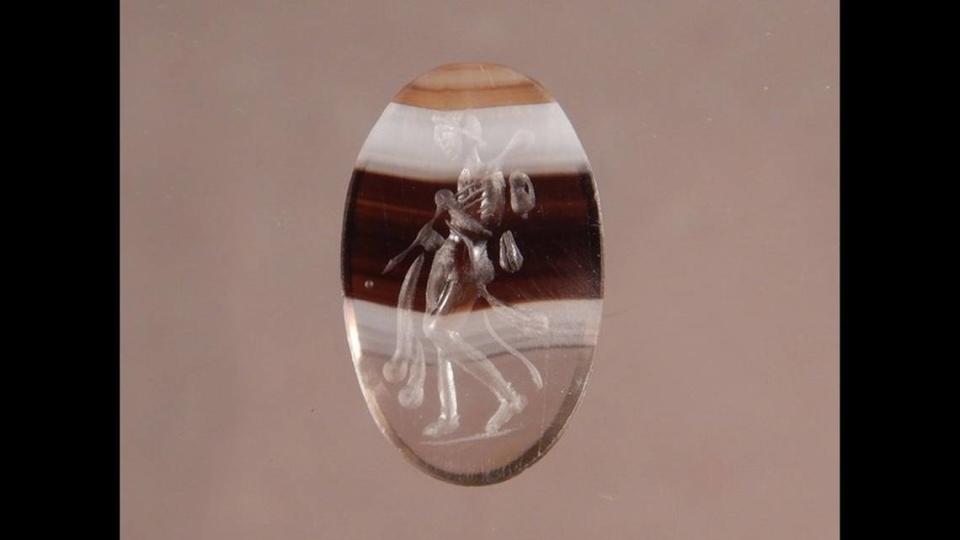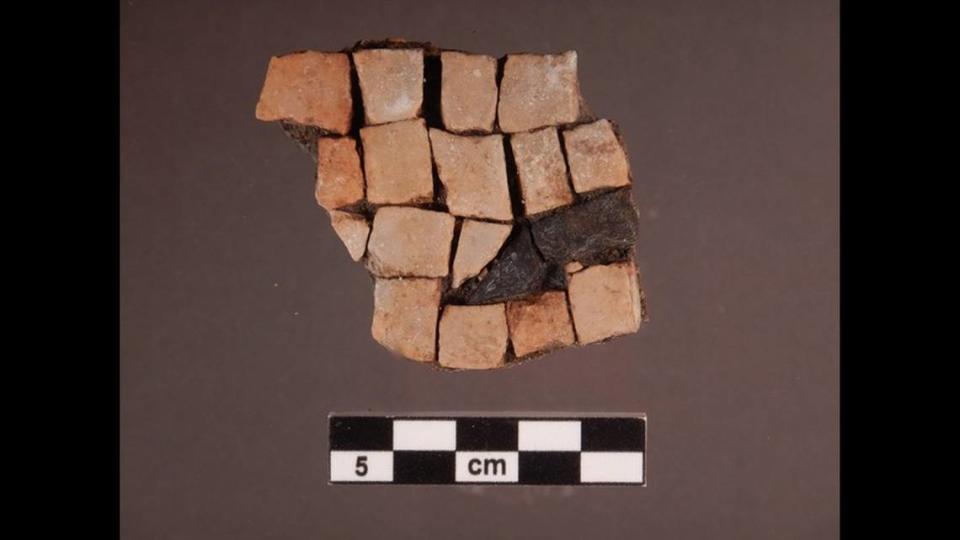Stunning mythological artifact — left by ancient Romans — found in depths of lagoon
Along the coast of the Venetian Lagoon in Italy sits a sprawling seaside villa — complete with extravagant pools used by its wealthy inhabitants for farm fishing and oyster preservation.
Or at least that’s what you might have seen 1,900 years ago, before the Roman Villa of Lio Piccolo and its structures were swallowed by the lagoon.
Now, archaeologists with the Ca’ Foscari University of Venice are exploring the underwater ruins of the home and its structures, and they recently discovered a stunning artifact during their third campaign of excavations, the university said in a July 24 news release.

The ancient oval-shaped agate gem is engraved with a mythological figure, which appears to be standing and carrying something over its shoulder, a photo of the find shows. Experts said the discovery strengthens their hypothesis that the site was once used by wealthy Romans.
The find is particularly unusual for a lagoon environment, Carlo Beltrame, a professor at the university who is leading the investigations, said in the release.
Ancient oyster preservation
Previous excavations at the site revealed pools for aquaculture, including the preservation of oysters, the university said in a March 2022 news release.
Rectangular brick basins dated to the first- and second-century were found at the site, experts said. These were likely used to preserve oysters — a delicacy in the Roman world — before consumption.
Archaeologists said they also found brick walkways, numerous pieces of valuable frescoes and fragments of black and white mosaics.

Lio Piccolo is less than 10 miles northeast of Venice.
Google Translate was used to translate news releases from Ca’ Foscari University of Venice.
800-year-old sword was found in Mediterranean Sea. Now experts know how it got there
Trove of dazzling glass pieces perfectly preserved in ancient shipwreck. See them
Ancient burials at church lead to unique finds — including dentures. See the discoveries

